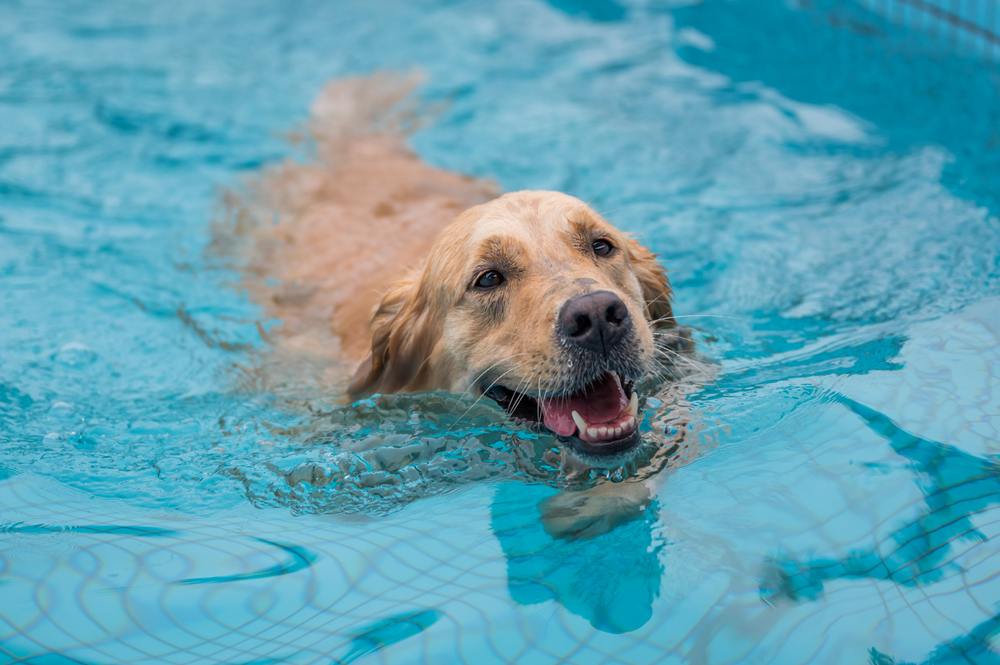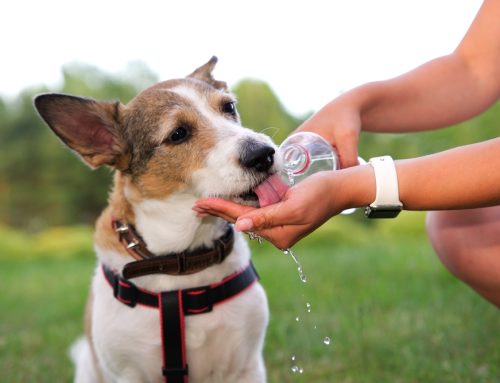Exercise is crucial for your dog’s physical health and mental well-being, but with so many exercise options available, how do you choose the best one for your pup? Understanding your dog’s unique needs, preferences, and capabilities can help you select the perfect exercise regimen for your canine companion. To encourage your dog to exercise safely, follow our MountainView Veterinary Hospital team’s tips.
Consider your dog’s breed
Your dog’s exercise requirements often depend on their breed. High-energy breeds, such as border collies, Australian shepherds, and Dalmatians, typically need vigorous and frequent exercise compared with low-energy breeds such as bulldogs or shih tzus. Consider how your dog’s breed and size may influence their physical abilities and activity preferences:
- High-energy breeds — High-energy dogs thrive on activities, such as running, agility training, and fetch, that challenge them physically and mentally. These breeds often enjoy having a job to do, so if your dog has energy to burn, consider incorporating tasks or obstacle courses into their exercise routine.
- Moderate-energy breeds — All dogs need regular exercise, but not every breed requires hours of high-intensity activity. Breeds with moderate energy require a moderate activity level and mental stimulation such as regular walks, hiking, and interactive play.
- Low-energy breeds — Although low-energy breeds, such as bulldogs or basset hounds, thrive on regular exercise and mental stimulation, they are typically content with short, less-intense exercise sessions. Leisurely walks and gentle play are usually sufficient for low-energy breeds.
Select size-appropriate canine exercises
Size is another important factor to consider when selecting the optimal activity for your dog. Canine physiology varies significantly across breeds, with distinct implications for their exercise requirements and capabilities. Your dog’s physical characteristics, including their size, skeletal structure, and muscle mass, dictate the activities that are safe and beneficial for them:
- Large breeds — Large breeds have greater body mass than their smaller counterparts and their joints and ligaments sustain a great deal of stress during high-impact activities. While large breeds benefit from activities that promote cardiovascular health and muscle development, such as jogging or hiking, you must help ensure that the impact on their joints is minimal. Exercising your dog on soft surfaces, such as grass or sand, can lessen their bone and ligament strain.
- Small breeds — Small breeds are susceptible to muscular fatigue because of their relatively high metabolic rate and low endurance capacity. Small breeds thrive on activities that enhance agility and coordination without subjecting them to undue stress. Gentle exercises, such as indoor agility courses, short walks, or interactive play sessions, cater to their size while providing mental stimulation.
Adjust your dog’s exercise intensity as they age

Your dog’s age also plays a significant role in determining the type and amount of exercise they need. Like people’s, dogs’ bodies change as they age, impacting their exercise needs and capabilities. Ensure the type of exercise you encourage your dog to perform is appropriate for their age:
- Puppies — Puppies are extremely energetic, but their growing bodies require careful management to prevent injury. Their bones, joints, and muscles are still developing, and high-impact activities can lead to injury. Short walks and play sessions with soft toys can help puppies develop coordination and socialization skills without becoming overexerted. Incorporate basic obedience training into play sessions to stimulate your puppy’s mind while reinforcing good behavior.
- Adult dogs — Healthy adult dogs typically have stable energy levels and are able to engage in myriad physical activities. Regular exercise is essential for an adult dog to maintain an optimal weight and muscle tone and to reduce their obesity risk and the condition’s related health issues. Depending on your dog’s breed, regular walks, runs, and hikes can provide the physical and mental stimulation they need to thrive. Activities, such as agility training and fetch, exercise your dog’s body and stimulate their mind.
- Senior dogs — Older dogs commonly experience joint stiffness, arthritis, and other age-related ailments that limit their mobility and endurance. While exercise is still important for senior dogs, they often need gentle activities to avoid overexertion. Low-impact activities, such as swimming, leisurely walks, and gentle play, are best for senior dogs, and you should always monitor them for discomfort signs.
Understanding your dog’s exercise requirements and abilities helps you tailor their routine to meet their individual needs. Contact our MountainView Veterinary Hospital team to schedule a wellness exam to ensure your dog is healthy before starting a new exercise routine.








Leave A Comment